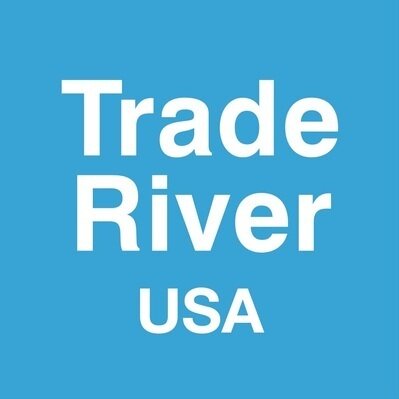Traditional Trade Finance Challenges
Trade finance is a centuries old industry that remains true to its traditional business model. Traditional it is, but the industry has seen little to no change or adaptation over the past decade despite the digital disruption present in all business sectors. Whether the business of trade addresses the shifting landscape or not, the trade finance industry is increasingly faced with both opportunities and threats.
Due to the industry’s legacy and timeline, trade finance has remained loyal to the same model that has historically delivered success; however, other tangentially related industries such as logistics, specialty finance, and supply chain management continue to innovate and adapt and as such, could begin to cross over into traditional trade finance territory.
The current model presents each party participating in a trade transaction with pain points. Given that the industry is still very much paper based, the timeline for a transaction is a prolonged process involving a paper trail between all parties and necessary exchange validations. Additionally, trade between international buyers and sellers allows for miscommunication due to the use of different systematic databases and platforms. The disconnected, inefficient operations create a dilemma - stick with large financial institutions and the handling of all trade requirements through Letters of Credit and their additional costs, or deal with disparate third party providers of financial, logistical and documentation services.
The threats being rather obvious -- the process is extremely inconvenient for all parties and costly in both time and investment. The model involves a lot of human effort - a far cry from the expectations of today’s digital society, of acceleration and convenience in all user experiences. Miscommunication in trade finance has the potential to disrupt and damage an entire sales cycle.
This paper based business has the opportunity to at least alleviate the tedious processes by inserting electronic and digital processing to rid of miscommunication and prolonged transaction timelines. This opportunity also holds the key to transforming the way in which the fundamentals of trade finance are structured, and building a new approach to the cross border trade business.
In an industry that rests on its laurels and prefers to stick with what works, the use of technology is the key ingredient to unleashing the industry’s full potential. Ultimately, the digital adaptation of trade finance will provide a better experience for all stakeholders. By applying technology to create seamless communication and expedite the trade process, all party operations are simplified and redesigned for maximum efficiency.

